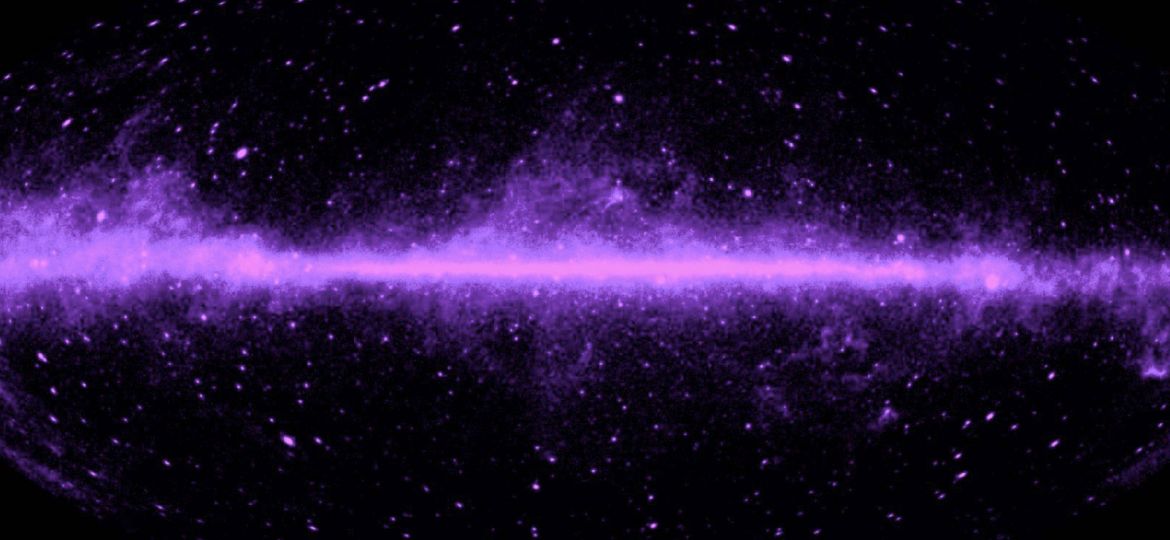
WHY THIS MATTERS IN BRIEF
Dark matter makes up over eighty percent of the universe and holds our galaxies together so being able to map it could help us understand how galaxies and the universe formed.
For the first time ever scientists at Yale University have figured out a way to elusive clusters of dark matter – in high detail. To give you an idea of how crazy that is in practise you’ve got to remember that dark matter is an invisible material in space that’s never been observed before because it doesn’t emit light – or energy. It’s the space equivalent of mapping an invisible city that’s invisible that’s surrounded with an invisible force field – and without those handy funny looking Google cars.
In a study published on Thursday in Monthly Notices of the Royal Astronomical Society, the team managed to produce one of the highest-resolution maps, seen below, of dark matter ever made.
“It was pretty amazing to just see this 3D version and to see what the landscape looks like, and to see this whole landscape was pretty astounding,” said Yale astrophysicist Priyamvada Natarajan.
The gallery was not found!
Dark matter can’t reflect or absorb light, but it can exert gravity, and that’s the key to mapping it – not so crazy an idea now is it? The team used the Hubble Space Telescope Frontier Fields data which they then used to create the map using a method called gravitational lensing.
In short, they used clusters of galaxies as a giant cosmic lens to observe the more distant parts of our universe, and map the dark matter clusters that were bending light from distant galaxies. All matter in the universe deflects the path of light rays and this is what helped the team figure out a way to map it – by analysing the way light was deflected they could figure out how much dark matter there is.
The team also inferred that the dark matter was clustering together. While particles of cold dark matter tend to accumulate into clumps, hot dark matter doesn’t clump together as easily.
The map is expected to be useful in helping scientists better understand the universe. Dark matter, which makes up 27 percent of the universe and 80 percent of all the universe’s matter, may be able to explain how galaxies form and how the universe is structured.
According to previous simulations of dark matter predicted by the cold dark matter model, cold dark matter is more sluggish, as it moves slowly compared to the speed of light, while hot dark matter moves faster. The new map agrees with the model of the currently accepted theory, although so far all the clues we have about dark matter are via indirect evidence and observations.
“The fact that bingo, it matched it so well was astounding and really surprising,” Natarajan says, “we thought there might be some tension between what the theory predicts and what was found, but the fact that it agrees with this theory was a surprise, and it was really exciting to see that.”
Even though scientists seem to have figured out how to map dark matter, they still don’t know for sure what it’s made of and that’s a subject of another investigation which now believes that dark matter is made up of strange particles called Axions. In the meantime, Natarajan’s team plans to continue doing comparisons and pushing the limits of the current theory to see if it stands up to scrutiny.
“We should keep up our search for the dark matter particle,” Natarajan says, “we shouldn’t give up the search.”
















